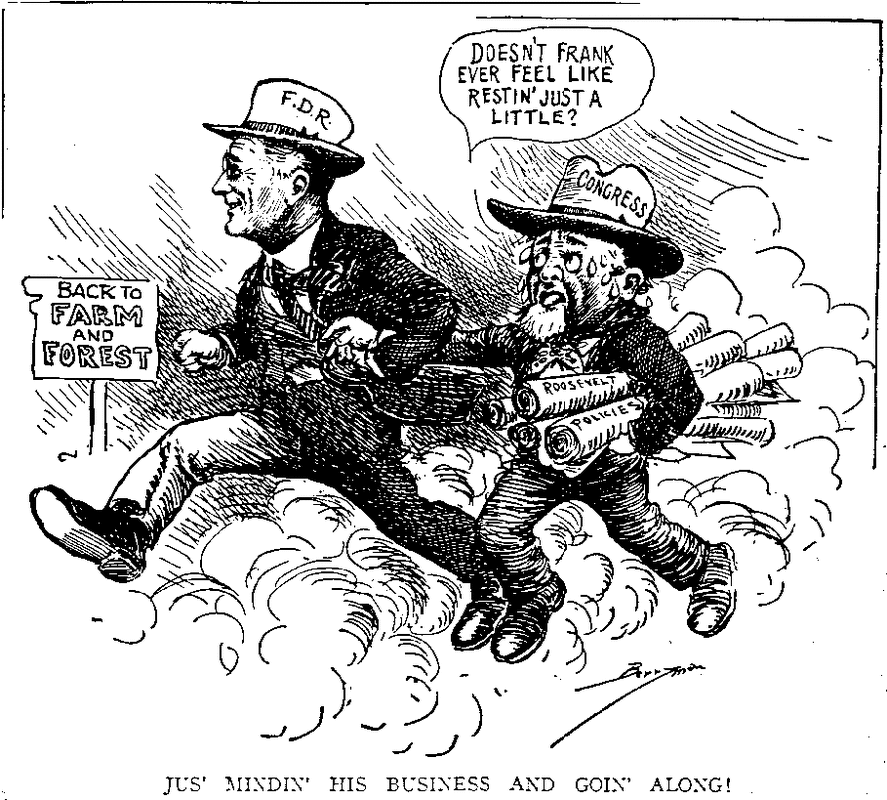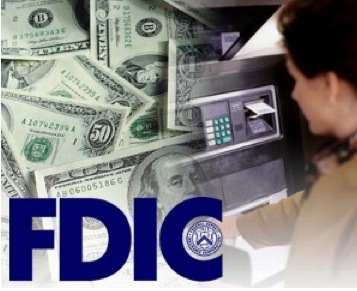Table of Contents
- FDIC on Why Banks Need a Disaster Plan for Cyber Threats
- US bank regulator FDIC requests input on digital assets - Ledger ...
- New Deal timeline | Timetoast timelines
- Roosevelt, 100 Days & the New Deal - History 12
- What A New Chair Could Mean For The FDIC
- FDIC sues CoreLogic and LPS | WAV Group Consulting
- FDIC Casting Operation ChokePoint - Crush The Street
- FDIC Folds—Federal Finances Foolishly Floundered | The Naked Loon
- Episode #114: The One MAJOR Difference Between a Bank and an Insu
- FDIC Meaning - YouTube



What is the FDIC?



Bank Data and Statistics on FDIC.gov




Insights from FDIC's Bank Data and Statistics
Analyzing the FDIC's bank data and statistics can reveal valuable insights into the banking industry. For example: The number of bank failures has decreased significantly since the 2008 financial crisis, indicating improved bank stability. The banking industry's assets and deposits have grown steadily over the years, reflecting increased economic activity. The DIF has maintained a stable balance, ensuring that depositors' funds are protected in case of bank failures. These insights can inform decision-making for investors, policymakers, and the general public, helping them navigate the complexities of the banking sector. The FDIC's bank data and statistics are a treasure trove of information for anyone interested in the banking industry. By exploring these datasets, users can gain a deeper understanding of the sector's performance, trends, and patterns. Whether you're an investor, policymaker, or simply interested in the banking industry, the FDIC's bank data and statistics are an invaluable resource. Visit FDIC.gov today to unlock the insights and make informed decisions.Keyword density:
- FDIC: 7 instances
- Bank data: 4 instances
- Bank statistics: 4 instances
- Banking industry: 4 instances
- Bank performance: 2 instances
